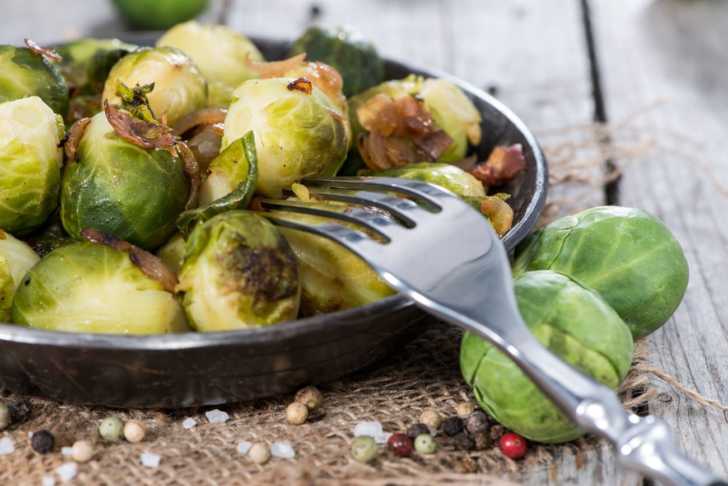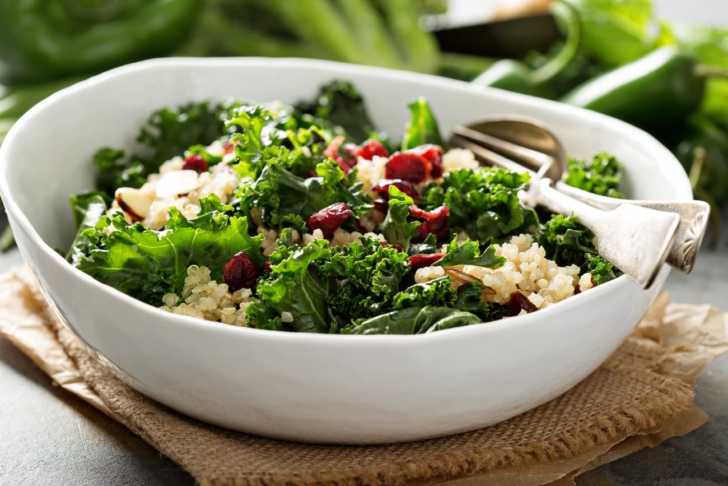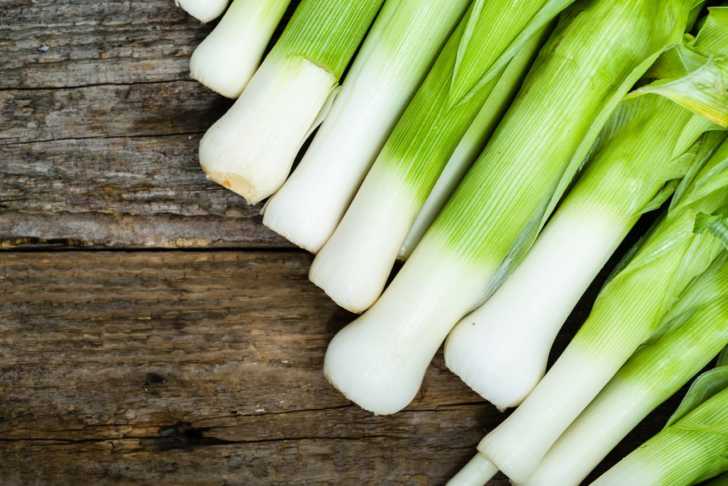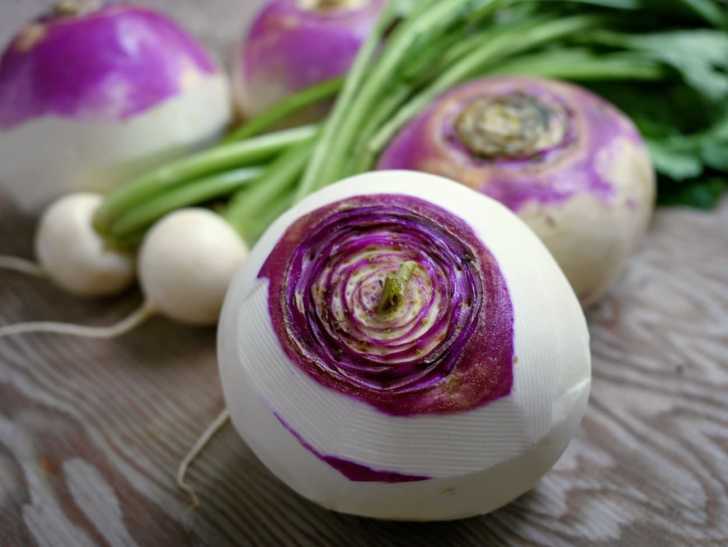7. Brussels sprouts

Brussels sprouts are part of the cabbage species and are cousins with collard greens, kale, and broccoli. Brussels sprouts are a great source of vitamin C and vitamin K. Vitamin C is a vitamin your body needs to build blood vessels, cartilage, muscle and collagen in bones. It is also plays a crucial role in your body’s healing process. Vitamin C is also an antioxidant. Antioxidants help protect your cells against the effects of free radicals — molecules produced when your body is exposed to environmental pollutants.
Brussels Sprout Recipes:
Brussels Sprouts & Gruyere Quiche
8. Kale

Kale, a member of the cabbage family, exists in purple and green, curly and smooth. What do bread dough and kale have in common? You can knead both. Kneading kale is a common preparation method that helps decrease it’s coarseness. Kale has more than the Recommended Daily Allowance (RDA) for vitamin A, vitamin K, and vitamin C. Kale is more versatile than some think. It can be added to smoothies, salads, pizza, stir fry and soup.
Kale Recipes:
Easy Kale, Salad Recipe: Toasted Almonds With Quinoa & Kale
9. Leeks

Leeks are related to onions and taste like them too. Reaching maturity in the fall, these oversized scallion looking veggies are rich in vitamin A (important for vision, reproduction, and immunity) and vitamin K (necessary for normal blood clotting).
Leek Recipes:
Leek Recipes:Cheesy Ham & Leek Bread Pudding
Chicken Casserole With Potatoes And Leeks
Creamy Potato Leek And Ham Soup
10. Turnips

Turnips are round root vegetables with long stems. They are from the Brassicaceae family, along with kale, Brussels sprouts and cabbage. The two parts of turnips make them fun to work with. The leafy tips are called turnip greens. Turnip greens are used in salads or can be sauteed and served warm. It’s these leafy tips that hold most of the nutrition, with vitamins, minerals and antioxidants. The other end, the turnip root is less nutrient dense but still have something to offer – baked or boiled they have a slightly bitter taste, but are rich in vitamin C.
Turnip Recipe:
Use turnips to make french fries!
Click here for more on the benefits of root vegetables.
Experiment with cooking these seasonal veggies and expand your winter menu! And here’s a nutrition bonus about everything on our list: None of these seasonal veggies are part of the dirty dozen, so while you can choose to purchase them organic if you want to, there’s no need because they are not part of the Environmental Working Group’s (EWG) “Dirty Dozen”.













